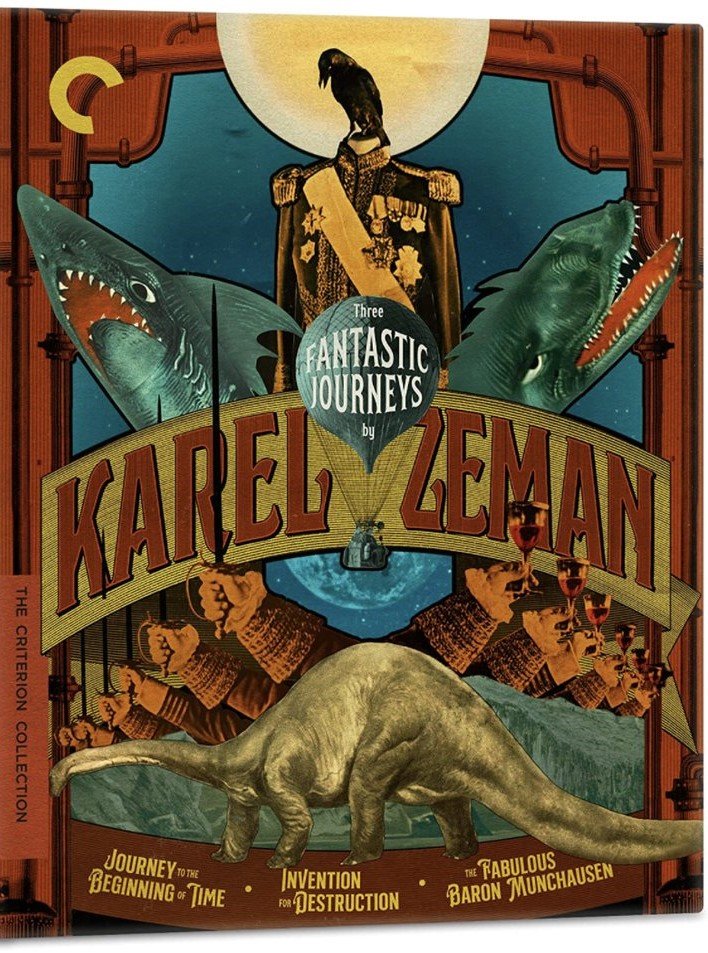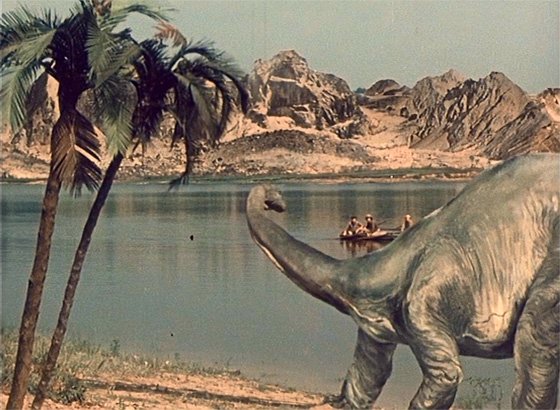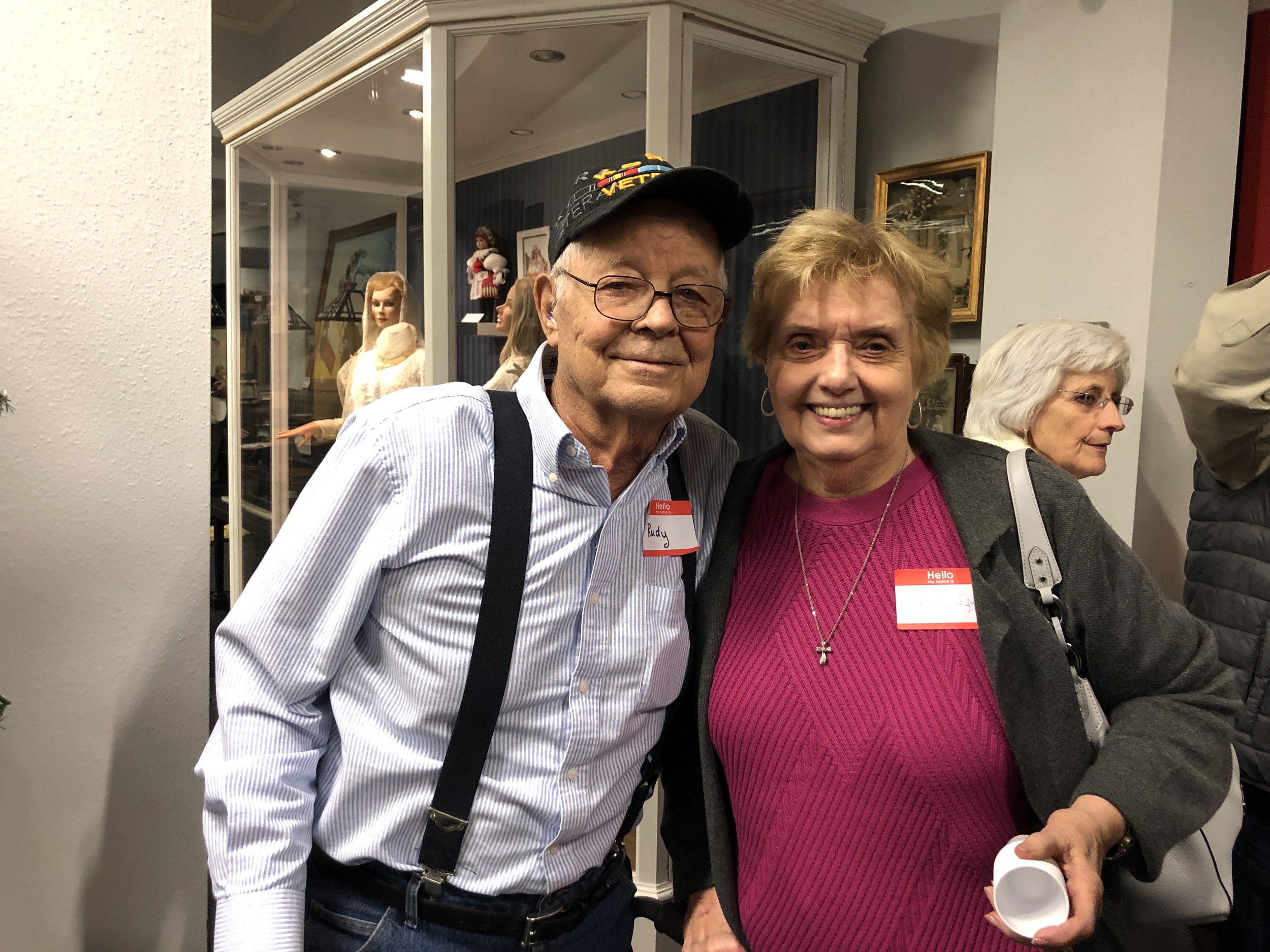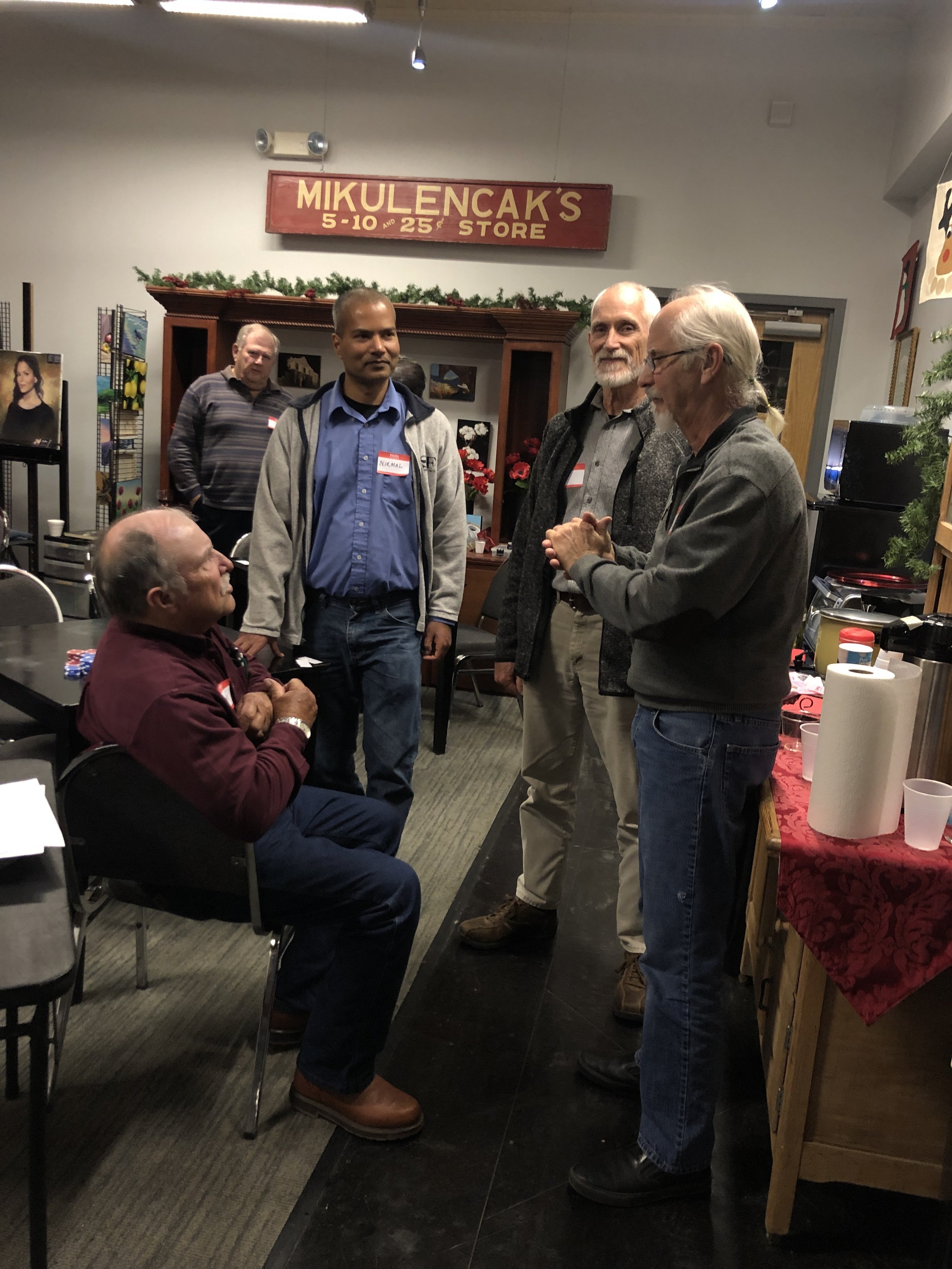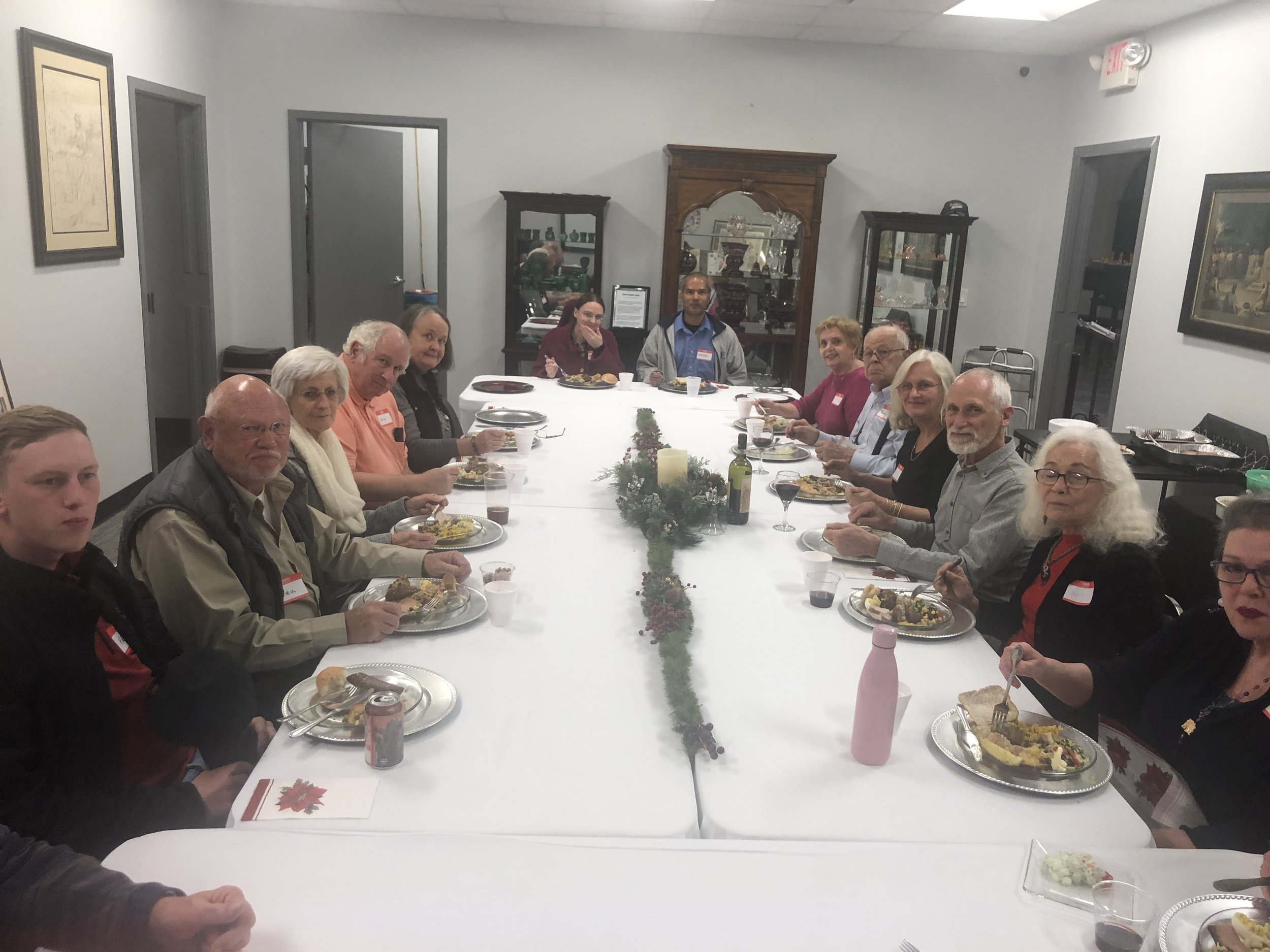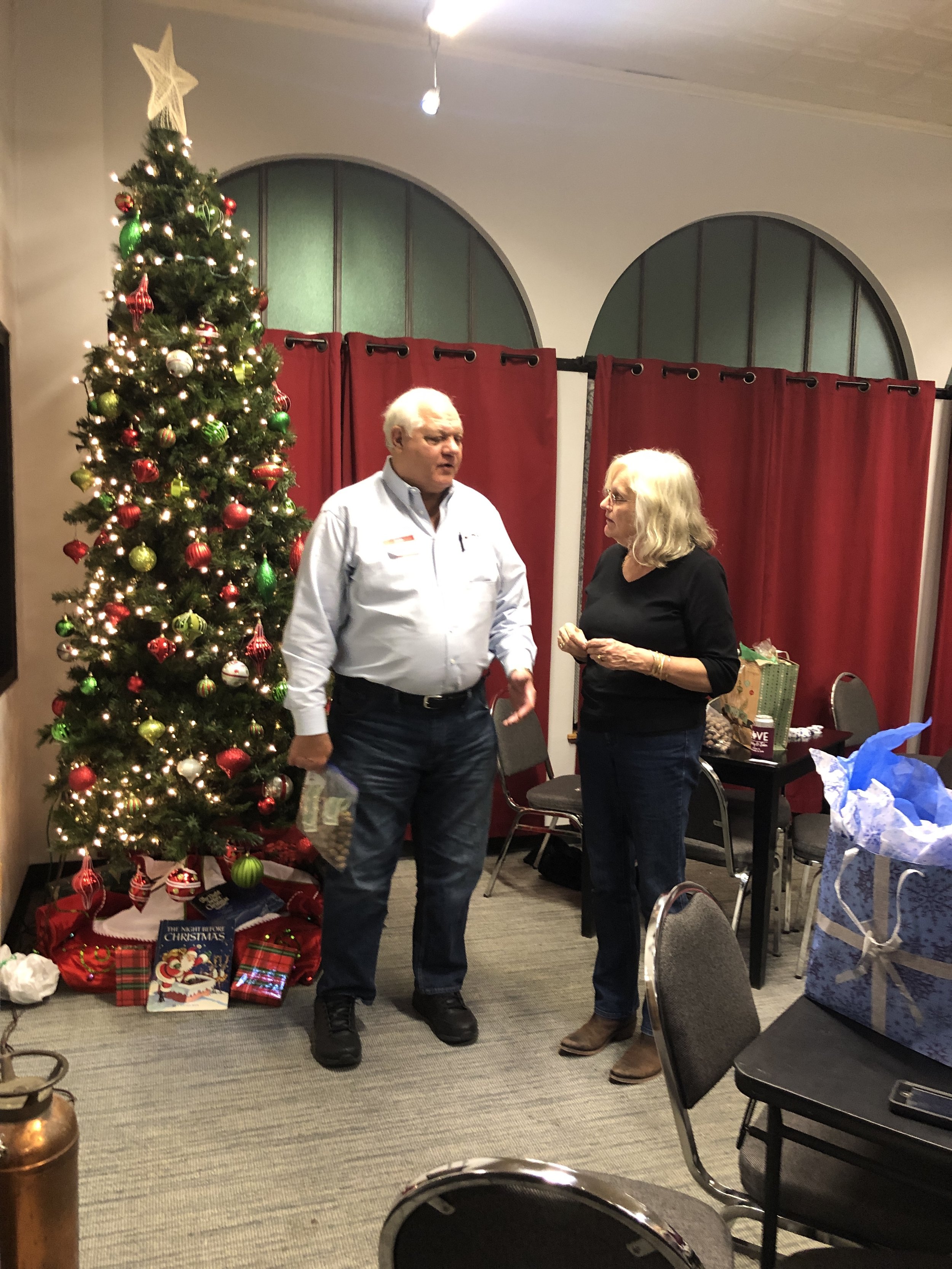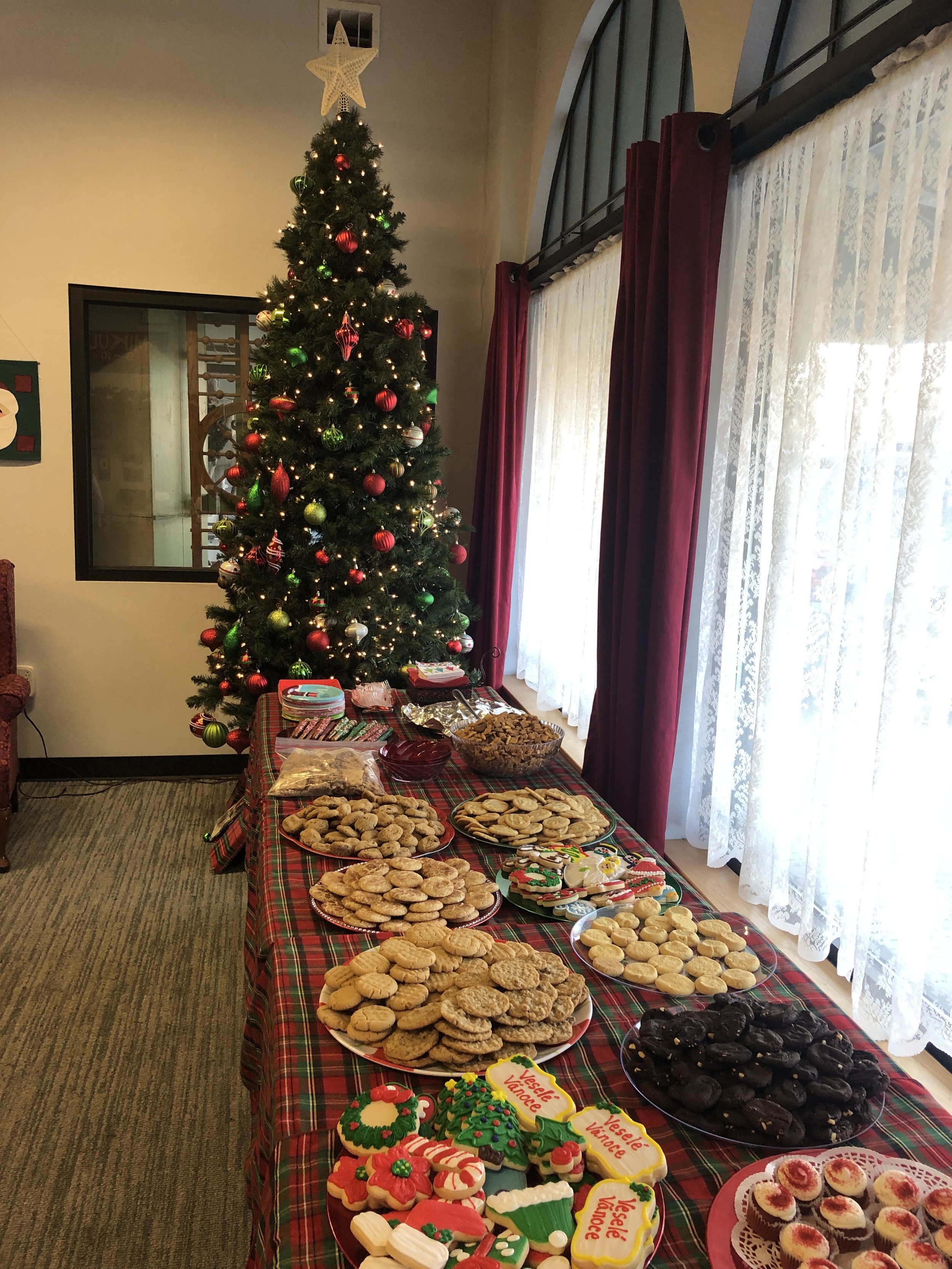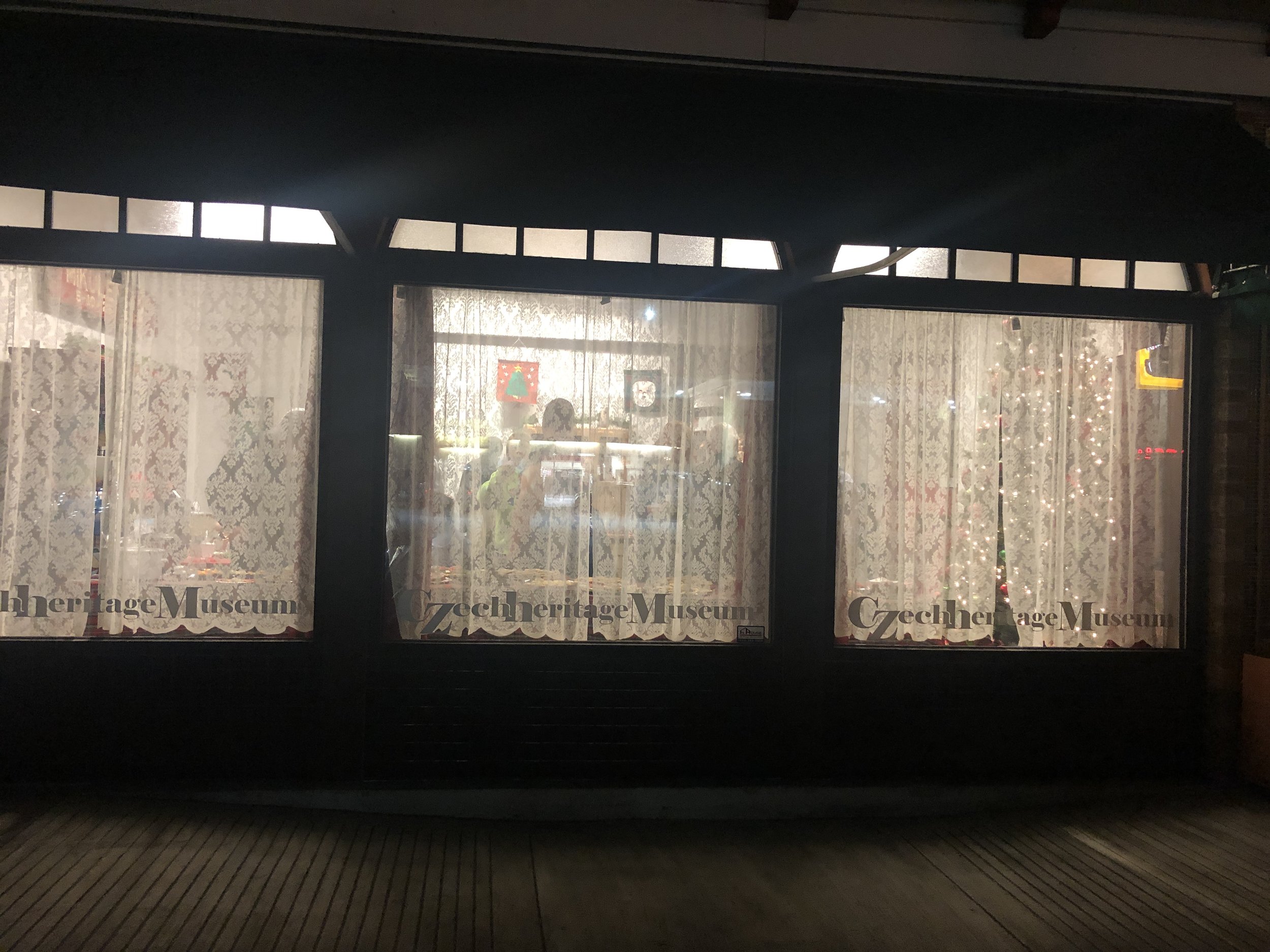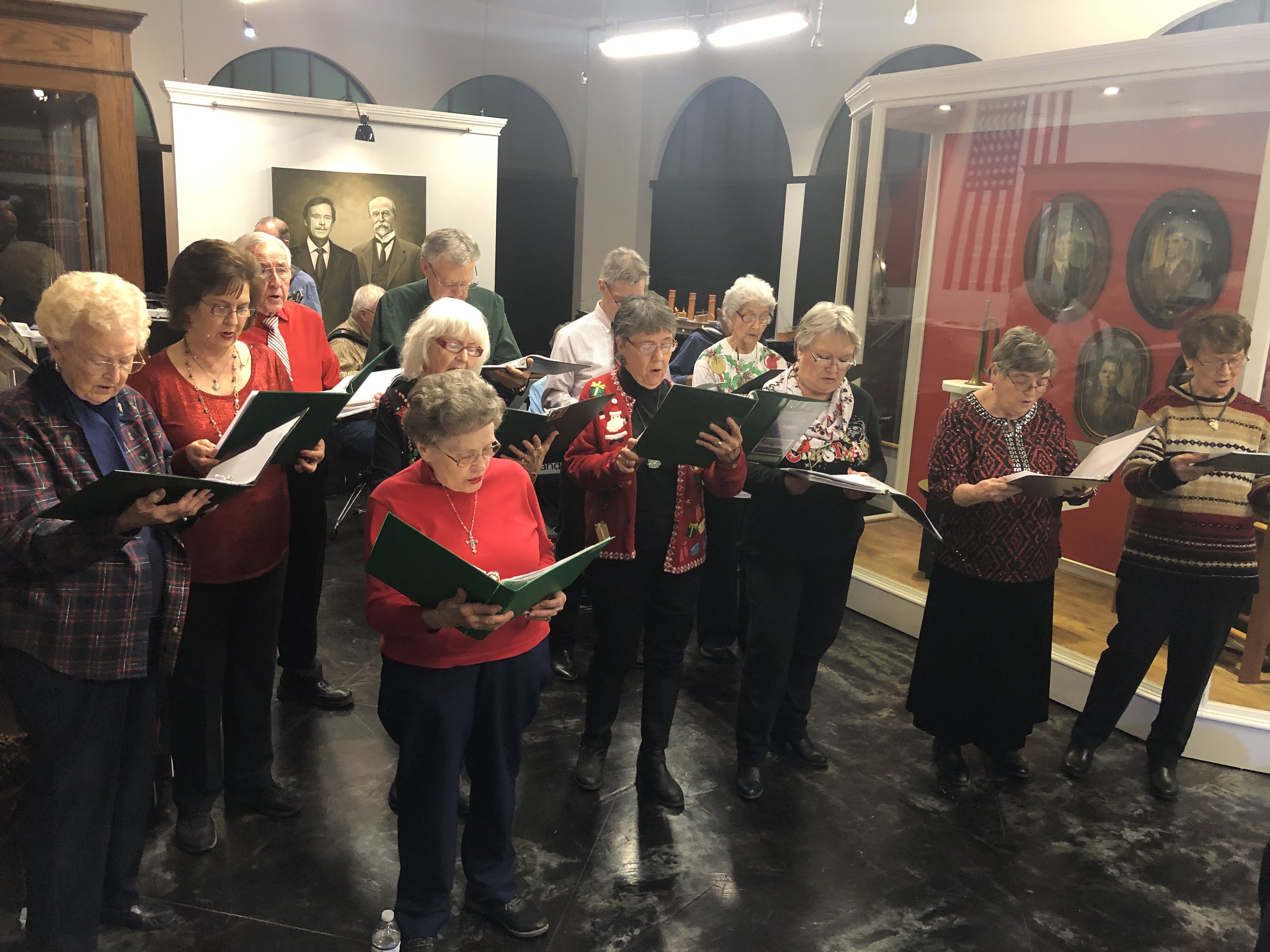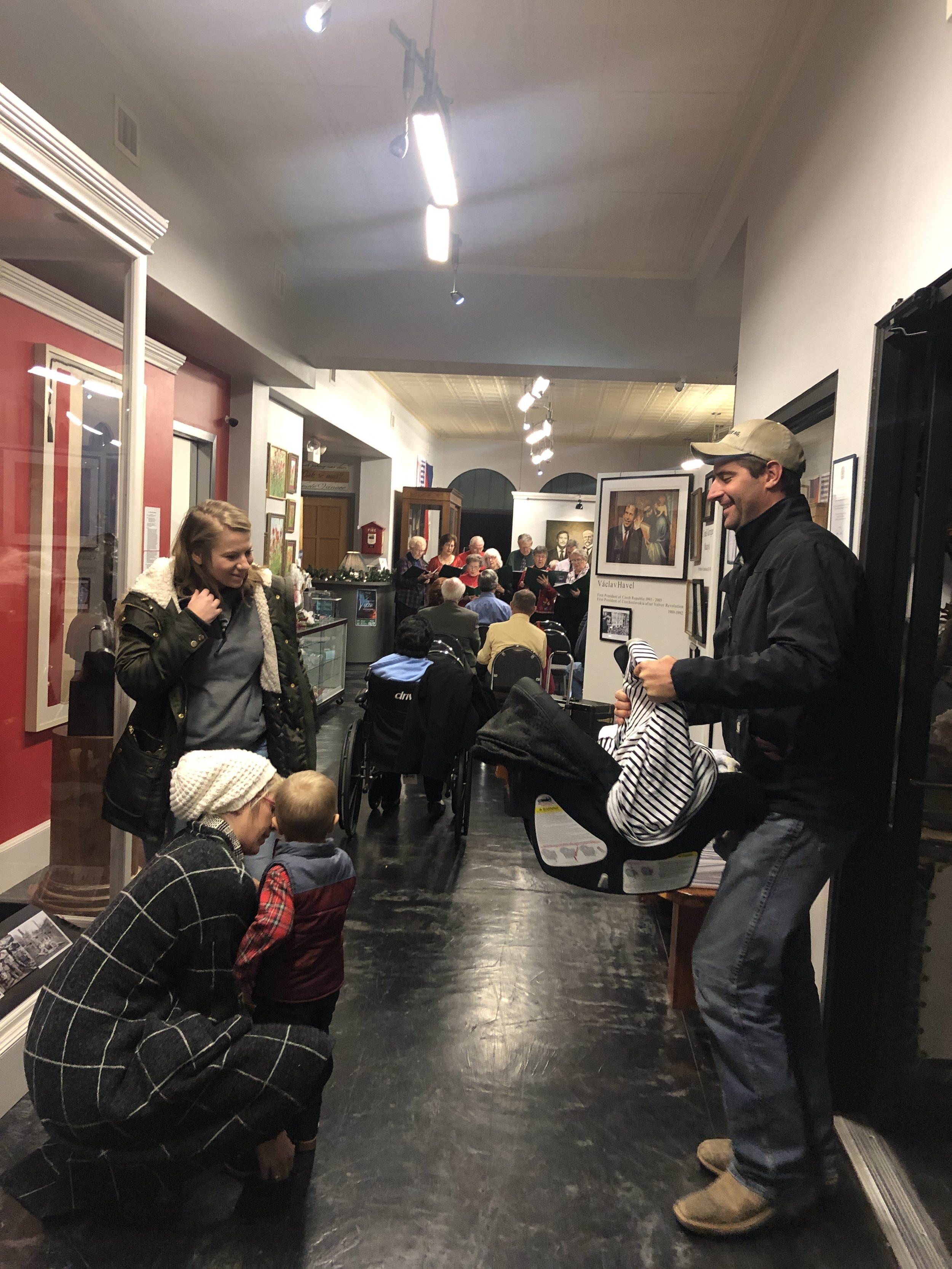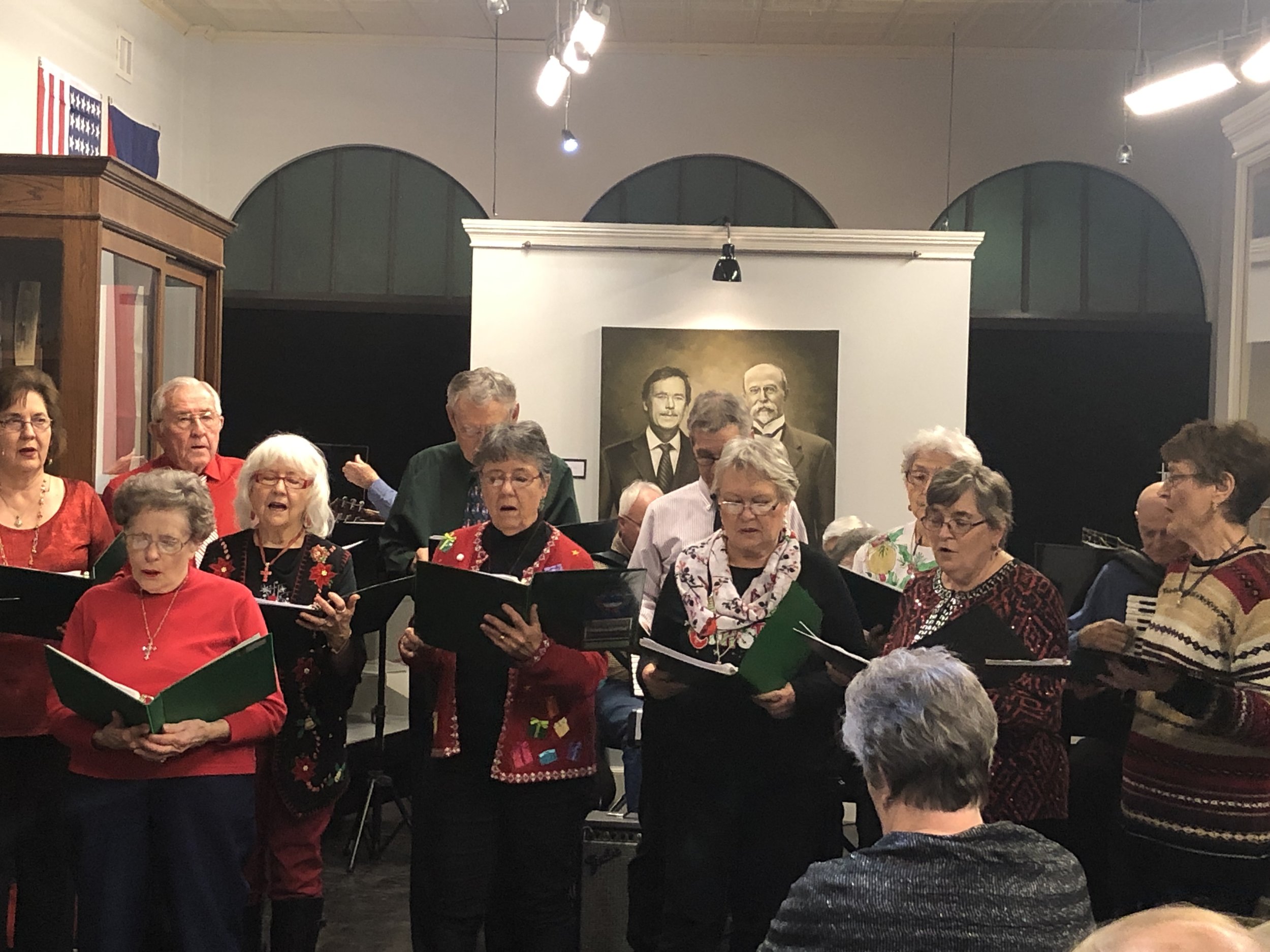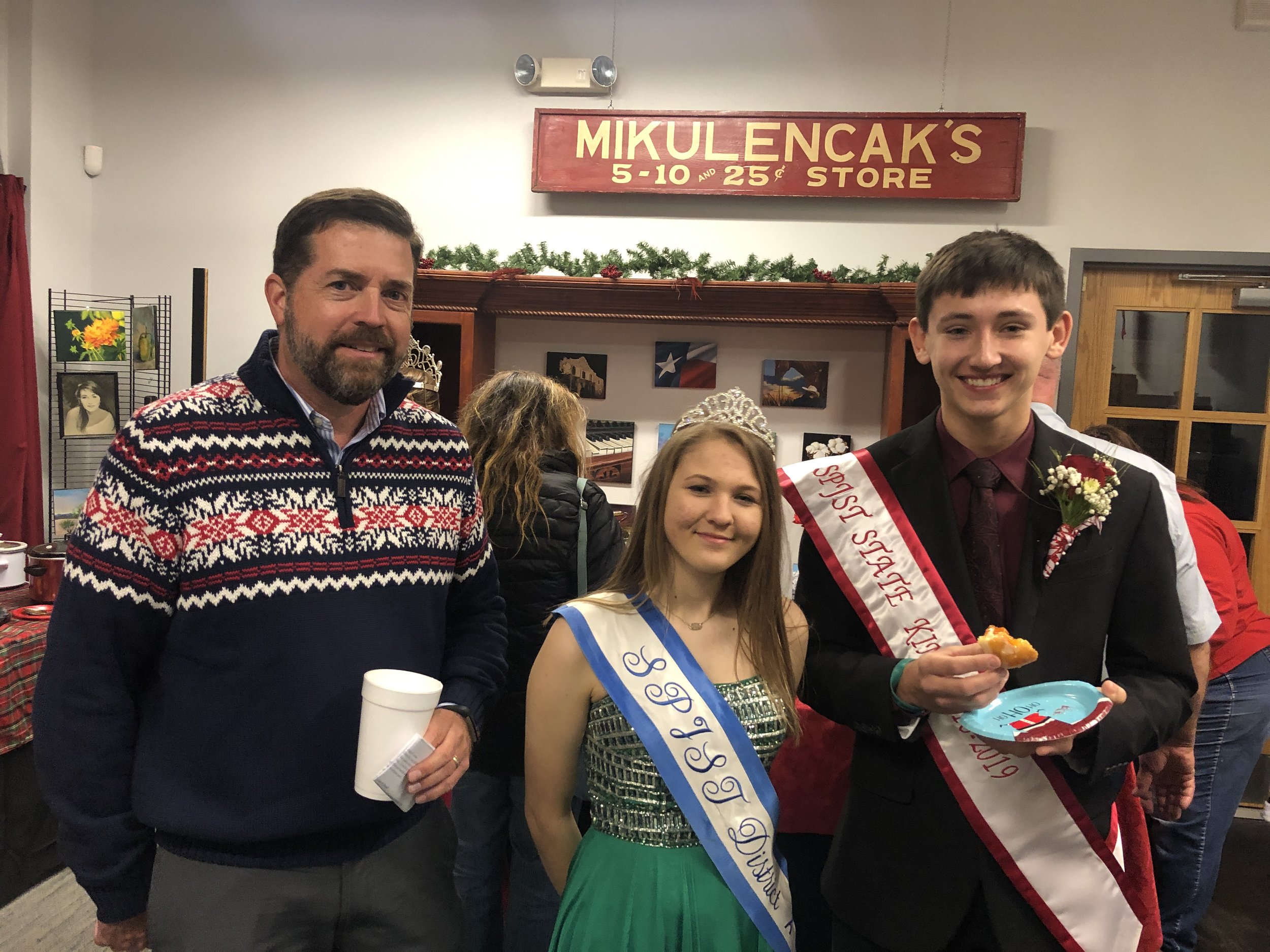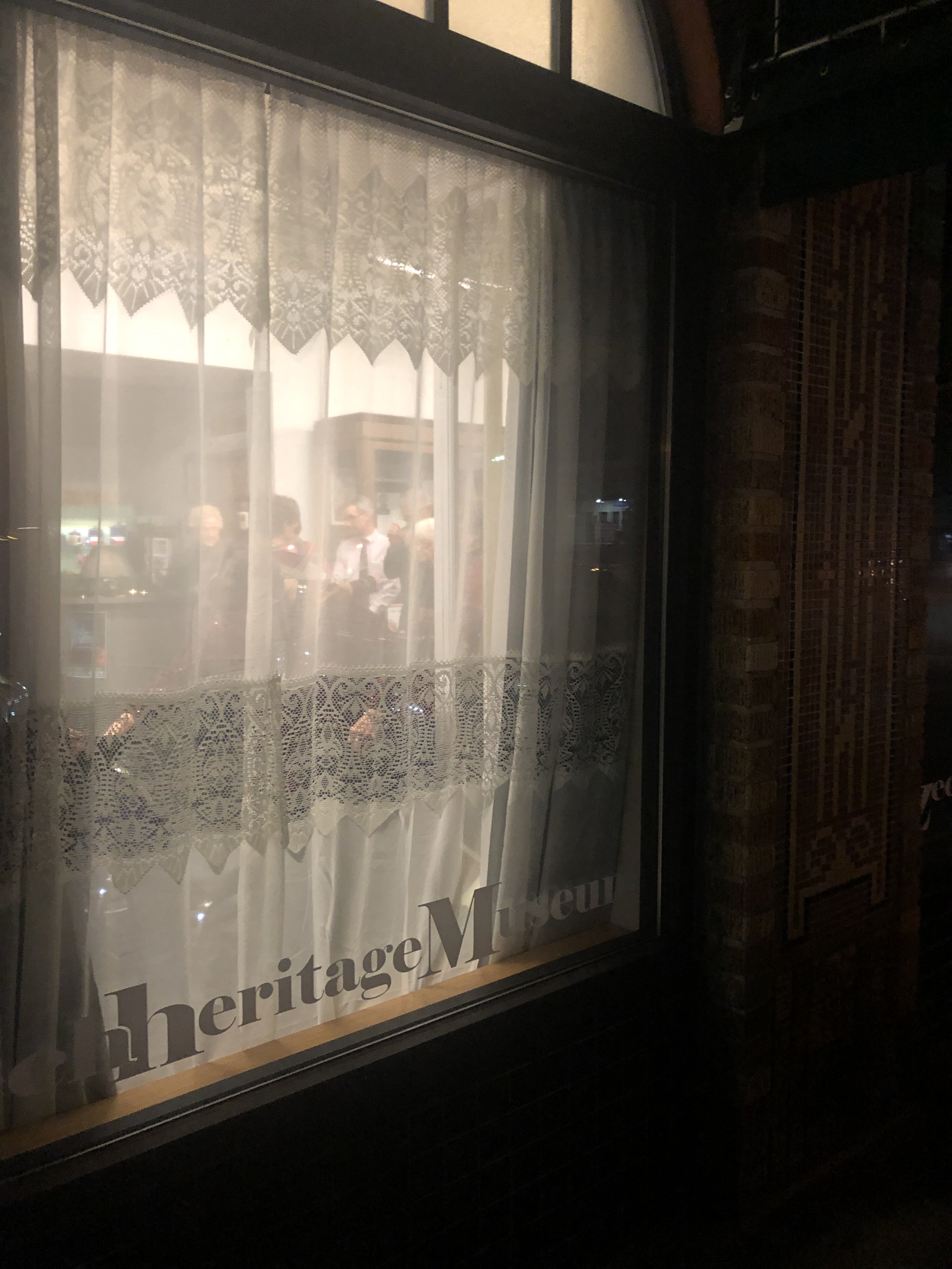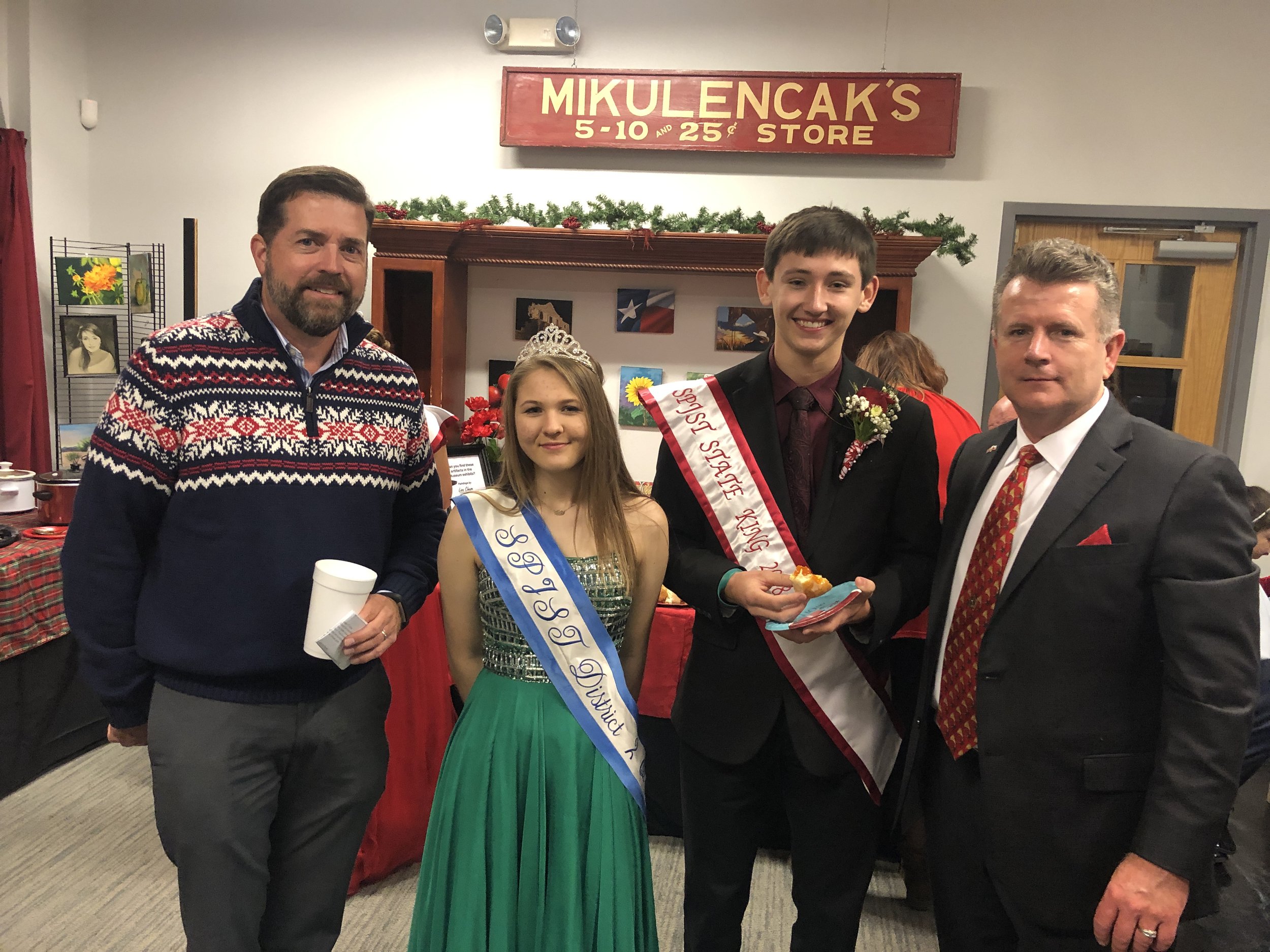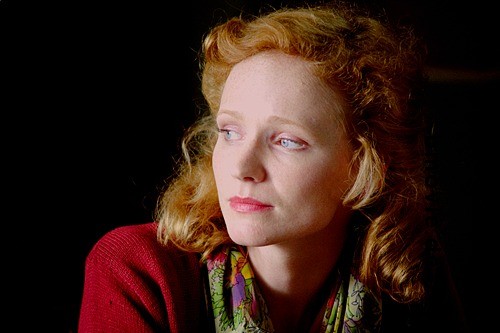For the source posting of this story, please visit: https://www.midnightonly.com/2014/05/30/journey-to-the-beginning-of-time-1955/
Journey to the Beginning of Time (1955)
Posted on May 30, 2014 by Jeff Kuykendall
“My friends and I, we just had the best holiday ever!” begins Journey to the Beginning of Time (Cesta do pravěku, 1955), the startling and wonderful live-action fantasy film from Czech animator Karel Zeman. Zeman, who would go on to direct The Fabulous World of Jules Verne (Vynález zkázy, 1958), The Fabulous Baron Munchausen (Baron Prášil, 1961), and On the Comet (Na kometě, 1970), among others, possessed a completely distinct and charming style: committed to reproducing the quality of classic fantasy and children’s book illustrations, and applying a cornucopia of special effects techniques, trick photography, and stop-motion animation. For Journey to the Beginning of Time, he sought to recreate the illustrations of Zdeněk Burian, an influential Czech artist who brought to life the prehistoric past. Though most of Zeman’s films do not strive for realism – and often embrace their artificiality – this film would make a concerted effort to educate the young audience for which it was intended. He applies a loose but somewhat lyrical framework for his story: four schoolboys – Pete, who narrates and keeps a logbook; Jack; Tony, who’s always taking pictures; and young Georgie – pass through a “magic cave” to begin a journey through five hundred million years of the past. All this because Georgie, who has found a fossil of a trilobite, wants to see one in the flesh. Pete shows us a map of geologic periods at the beginning of the film, their travel itinerary arranged in the shape of a descending staircase: they will pass through the Ice Age, the Tertiary, the Mesozoic, the Paleozoic, and finally the Silurian so Georgie can hold a real trilobite in his hand. This is a fantasy in which you can simply hop in a boat and row downstream, and all of prehistory will pass before your eyes: a precursor to Neil DeGrasse Tyson’s “Ship of the Imagination” in Cosmos. Our narrator states that they took inspiration for their voyage by reading Journey to the Center of the Earth, linking this film to Zeman’s Jules Verne adaptations to come.
Pete, Jack, and Tony search for a lost companion in the Paleozoic era.
To bring the past to life, Zeman filmed on location (in Czechoslovakia and East Germany) and in the studio (including building a water tank with a painted backdrop to form the swampy Paleozoic). The dinosaurs come in all varieties: stop-motion models, two-dimensional animated cut-outs, and both miniature and full-scale puppets. Contrasted with Ray Harryhausen’s laborious, painstaking stop-motion artistry, Zeman’s work feels like a man throwing everything but the kitchen sink at the screen, as fast as he can. His stop-motion may not be as convincing as Harryhausen’s – his models, in particular, lack a sense of weight and scale, and tend to look like the miniatures they are – but the constant stream of imaginative techniques is never less than delightful. For a brontosaurus standing on a riverbank and craning its long neck at the boys, Zeman built a two-dimensional dinosaur body with a three-dimensional neck, only animating the neck. Unless you are studying it very closely, you’re unlikely to figure this out. But he gives us many fully-animated creatures as well, including dive-bombing Pteranodons, a bloody Stegosaurus/Tyrannosaurus Rex battle, a Styracosaurus, and a Phorusrhacos (predating the famous one in Harryhausen’s Mysterious Island), who charges at little Georgie in one sequence that might have frightened its young audience. But the primary purpose is always gently educating: when they encounter a Uintatherium and Georgie scoffs at the hard-to-pronounce name, Pete patiently explains that scientific names derive from Latin and Greek “so they can be understood around the world…I mean, it wouldn’t sound good if it was called ‘bumpyhead’ or ‘bubblenose.'”
A brontosaurus observes the time-traveling boys.
The time travel story circumvents the usual problem of these sorts of films, which is showing humans interacting with dinosaurs anachronistically (a la One Million Years B.C.). And having the boys travel downstream (beginning in a half-frozen-over river to represent the Ice Age), moving in a linear path backward through time, creates the effect of an eighty-minute 50’s-era Disneyland ride, something that might have originated at a World’s Fair and been transported wholesale into the Magic Kingdom. It also has the feel, at times, of one of Disney’s nature documentaries, though essentially this is a Boy’s Life adventure with dinosaurs, woolly mammoths and rhinos, and other prehistoric creatures. (And it’s no white-hunter adventure story. When one boy suggests they hunt one of the animals, Pete points out it’s a good thing they don’t have a rifle, because they should be studying them instead. This is a scientific expedition.) But the ending has a surprisingly poetic touch, merging the metaphorical with the physical and tactile, as Zeman perches his travelers on the edge of the Silurian sea. Georgie, who’s never seen the ocean, scoops the water into his palms and tastes it, then spits it out: salty. Then he finds what he’s been searching for, and at last holds his fossilized trilobite in one hand and a real trilobite in the other, twisting time into a loop. Pete, standing amidst the waves crashing into the shore, points out at the horizon, and says that the beginning of time lies just yonder. They decide it’s time to return, but the viewer has no doubt that if the boys really wanted to, they’d build a sturdier boat and keep rowing backward, backward, backward…to the Big Bang and perhaps beyond.
This entry was posted in Theater Midnight Matinee and tagged 50's, Czech, dinosaurs, Fantasy, Karel Zeman, prehistoric. Bookmark the permalink.
https://www.spoilerfreemoviesleuth.com/2019/12/SecondRunJourneyToTheBeginningOfTimeReviewed.html
